Tochigi prefecture, north of Tokyo, is not one of the most prominent in Japan. It does have a well-known tourist destination, the region of Nikko, which is a Unesco World Heritage site. Apart from that, it’s not very common to hear about other cities in this prefecture, unless when talking about train stops through where one passes by on our way to other places.
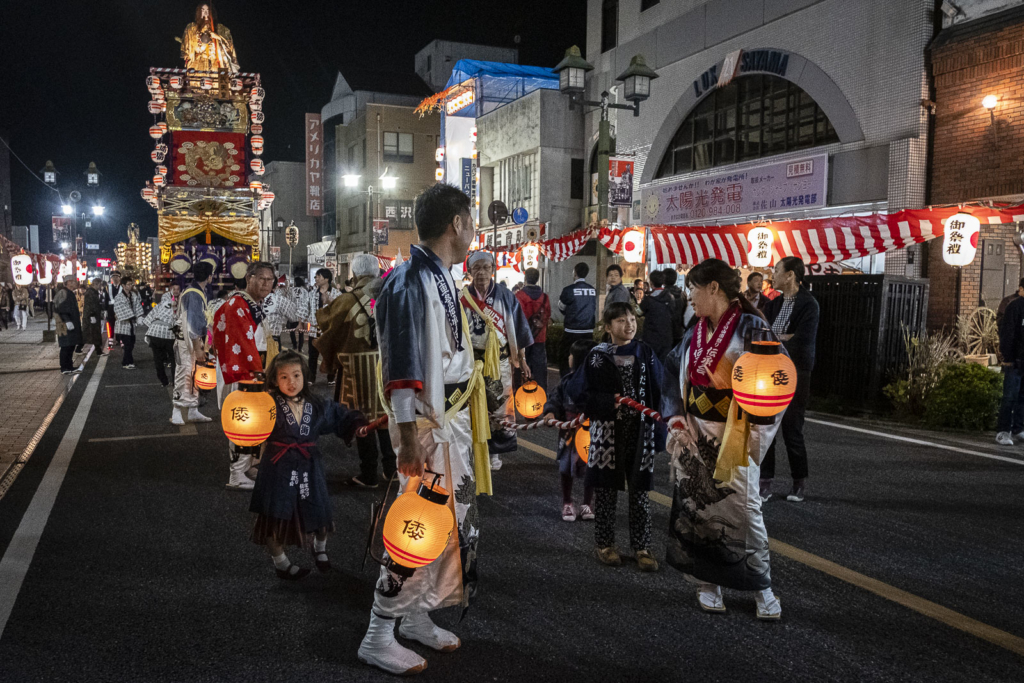
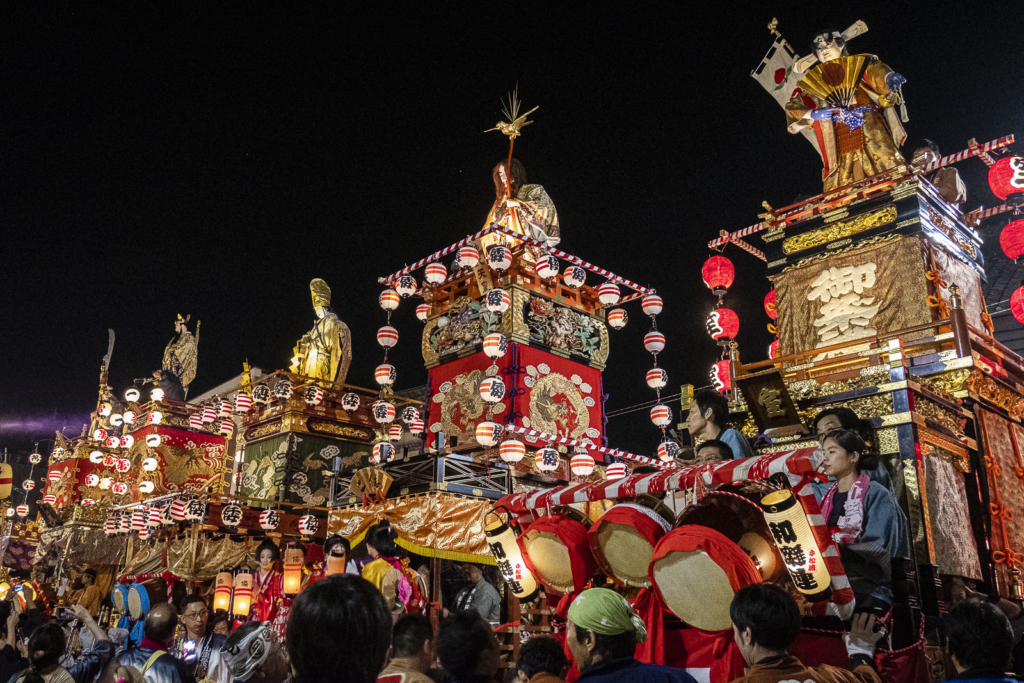
And yet, every two years, and during three days, the city of Tochigi, which bears the same name as the prefecture, becomes the stage for one of the many festivals happening in Japan during Autumn: the Tochigi Aki Matsuri (Tochigi Autumn Festival).
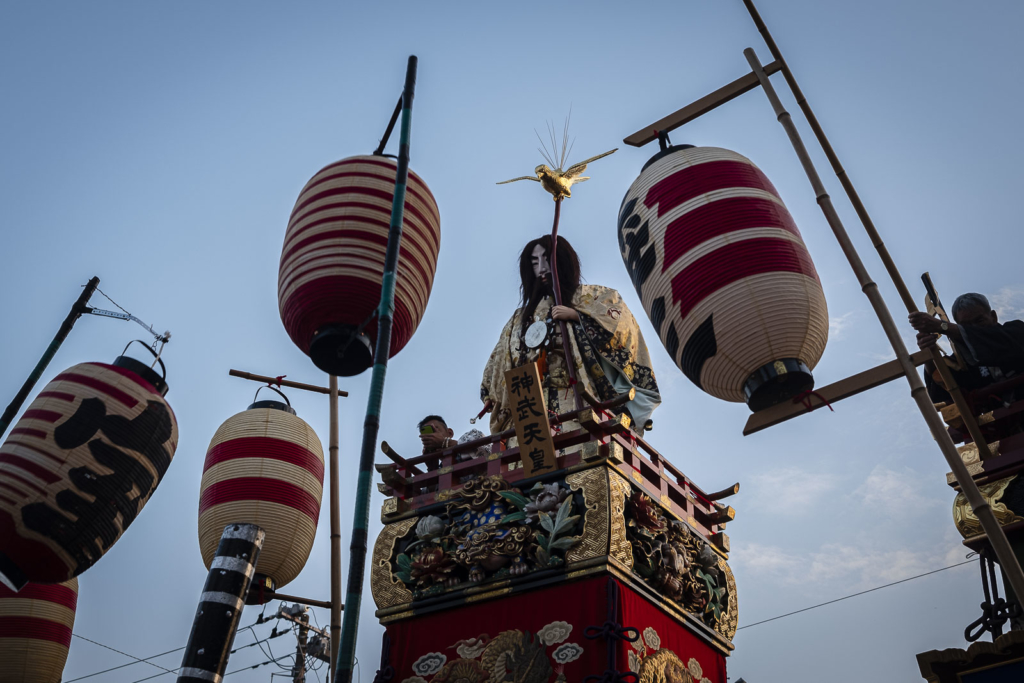
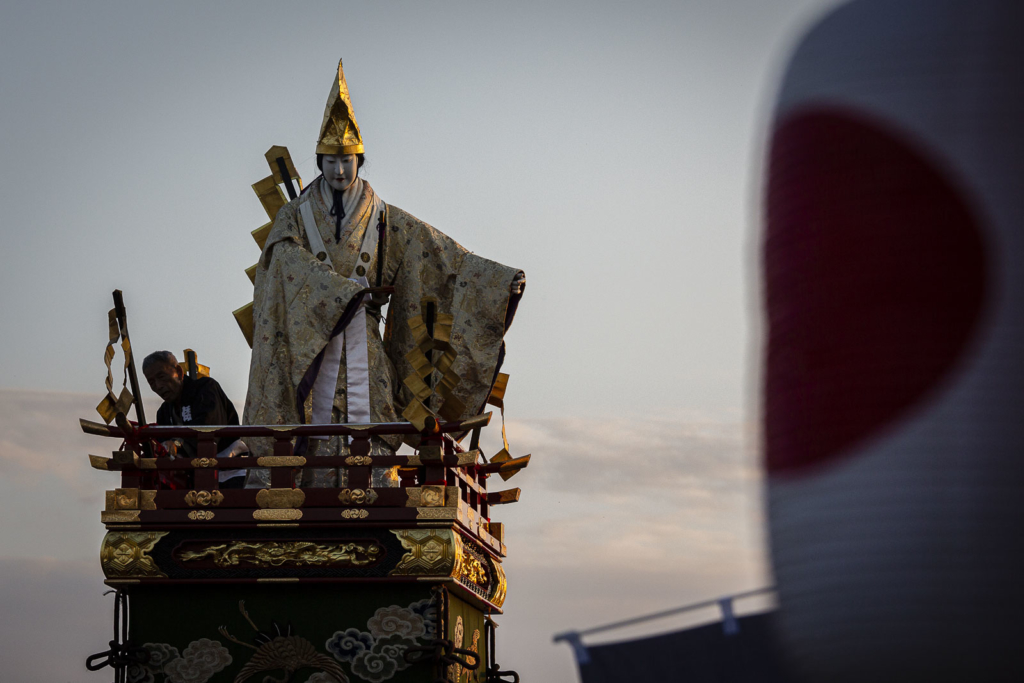
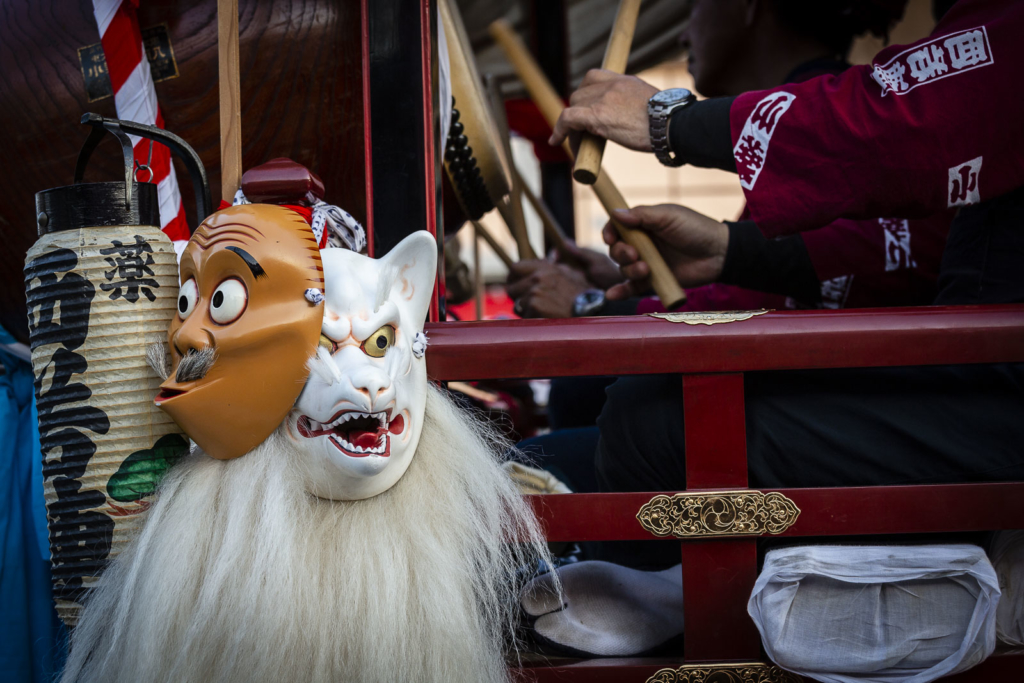
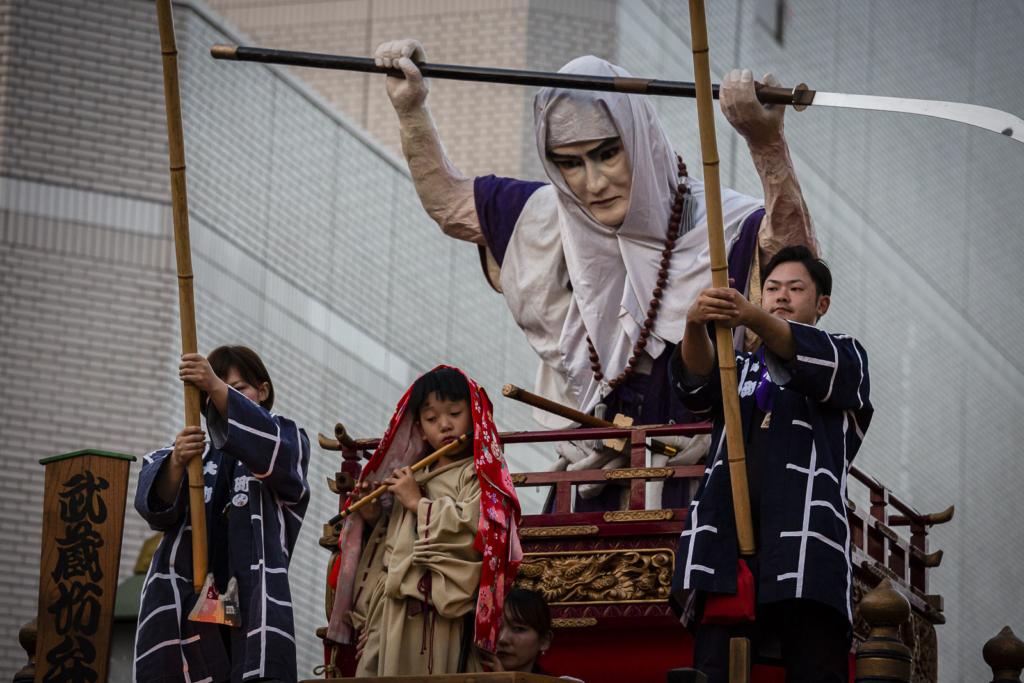
The origins of this festival go as far back as 1874, when for the first time people pushed dashi floats through the city, paying homage to Emperor Jinmu, the first emperor of Japan (who reigned around 660 BC). On the following editions the number of dashi floats increased, with representations of historic or legendary figures. Named Edogata Ningyo Dashi, because they were built during the Edo period, they are more than 2 meters high, and have an ingenious mechanical system inside that allows them to grow even higher.
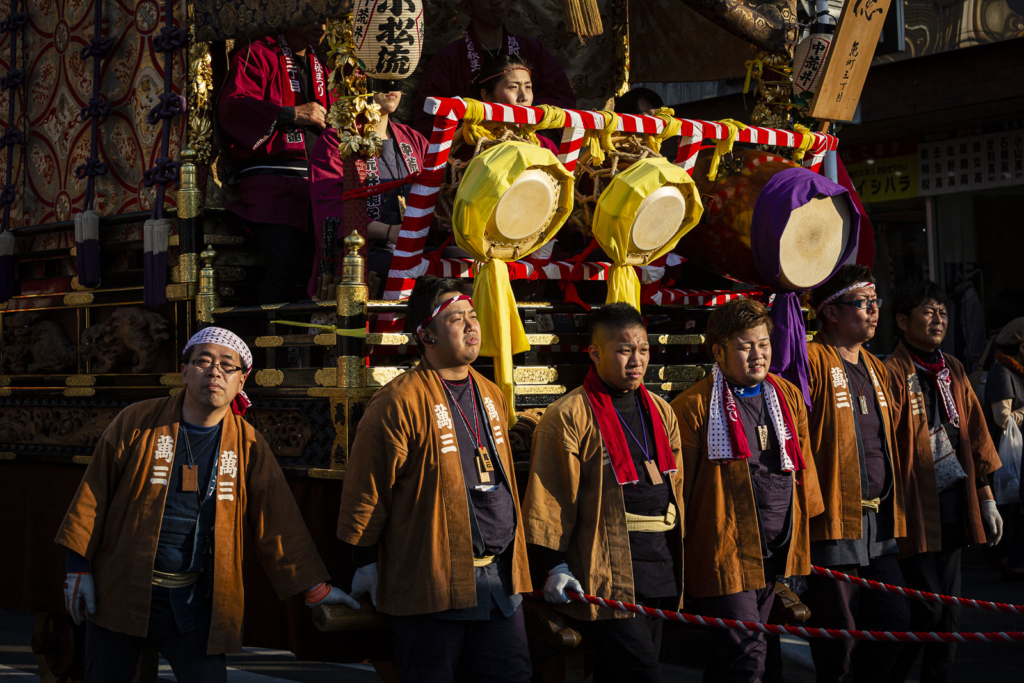
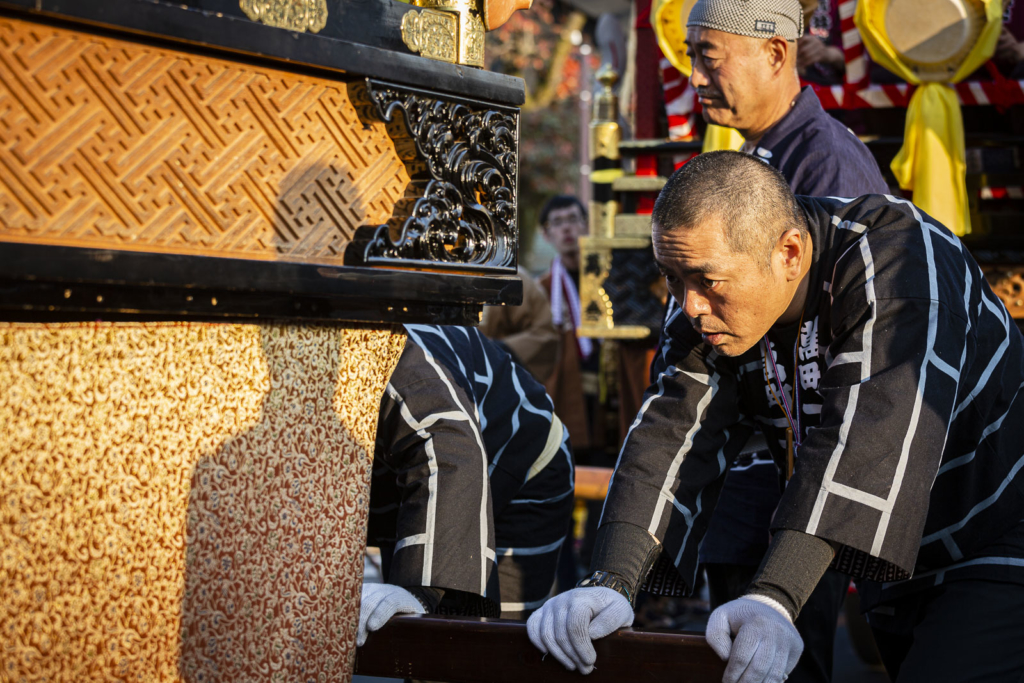
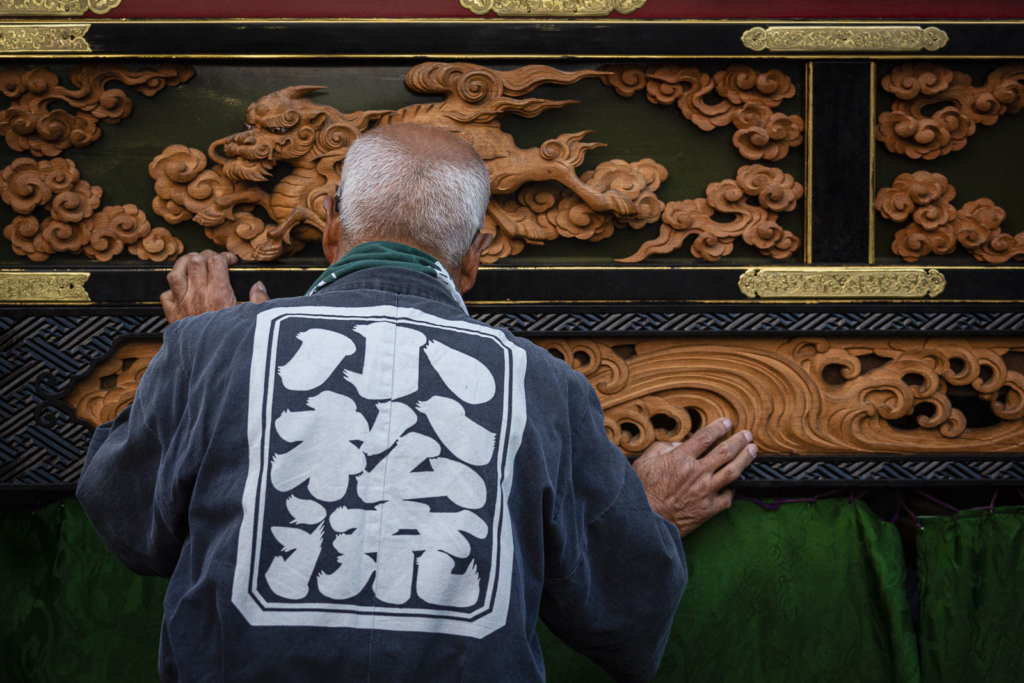
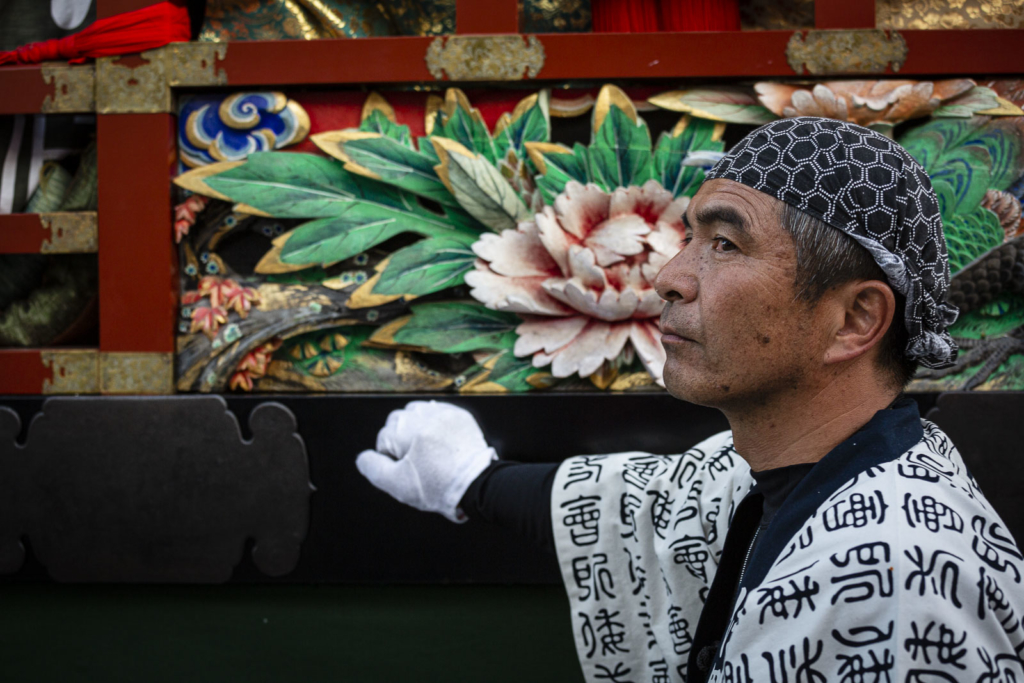
Several men, dressed up in the colors of their hometown, push or pull each dashi float. Inside there are musicians, playing traditional music in shakuhachi bamboo flutes or taiko drums. When two of these dashi floats cross paths, they maneuver to face each other, and their respective leader begins the buttsuke: a challenge between the towns. The musicians play their music, and the remaining elements shout their calls during a few minutes. The ones that are less in synch with the music will lose ‘the match’.
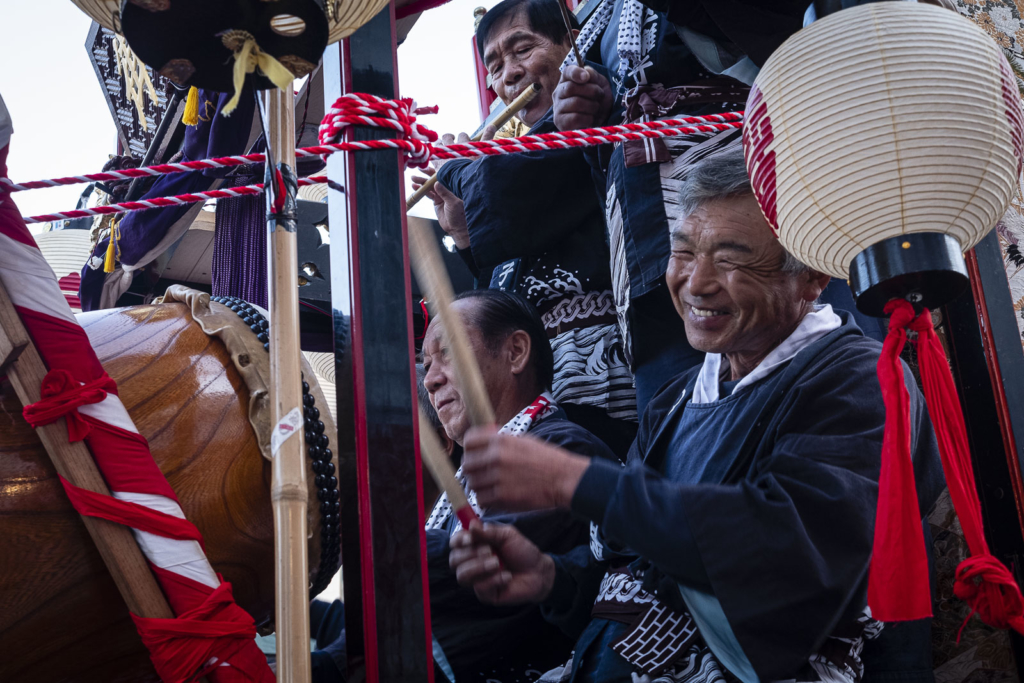
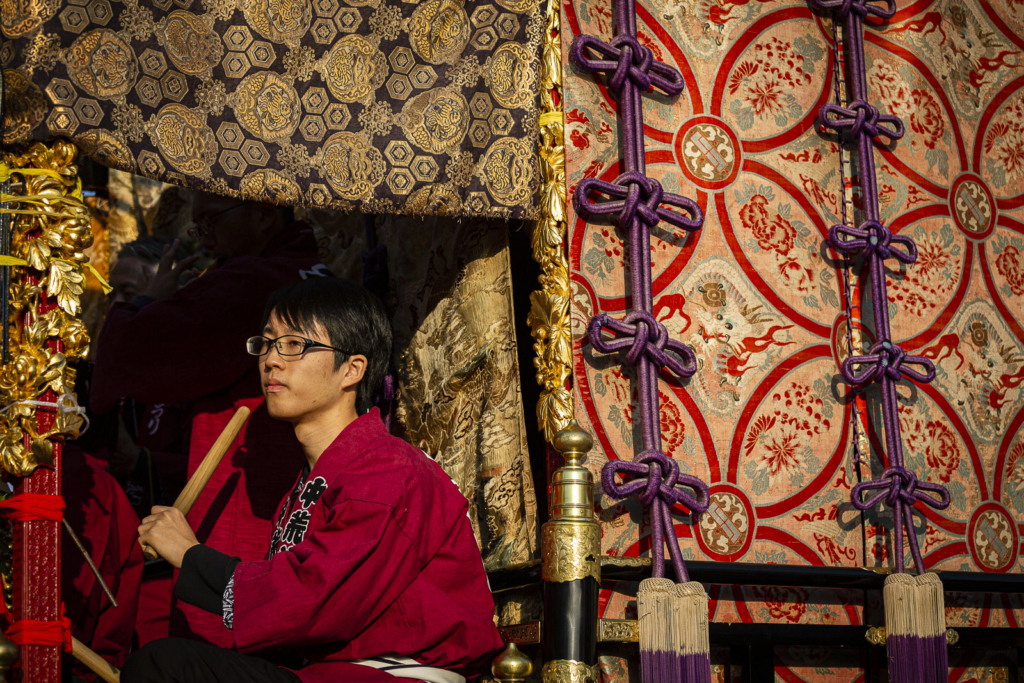
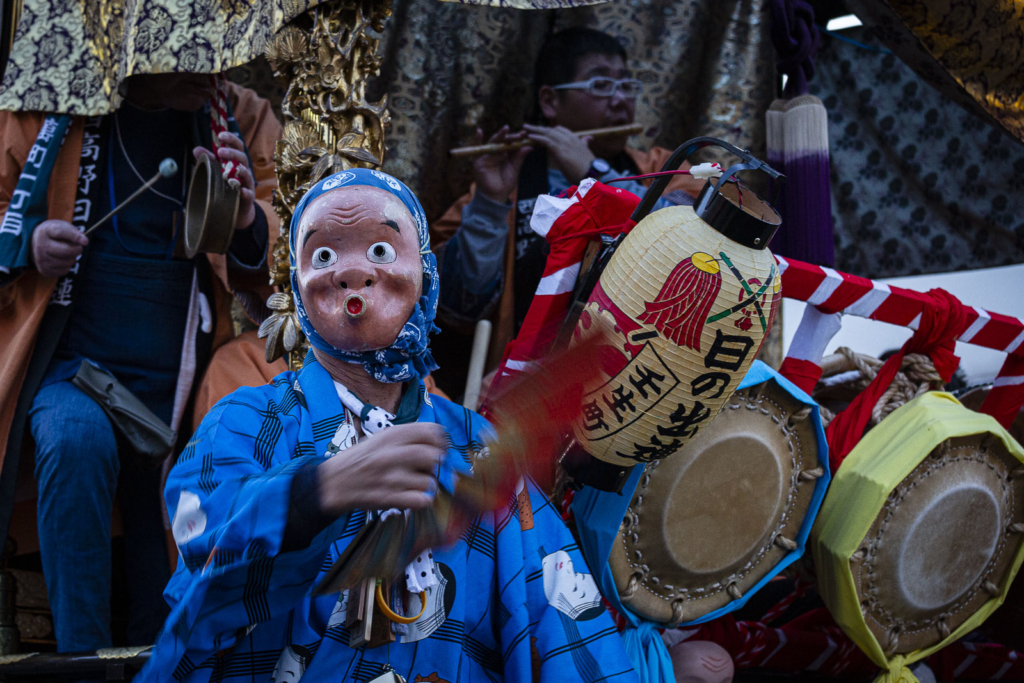
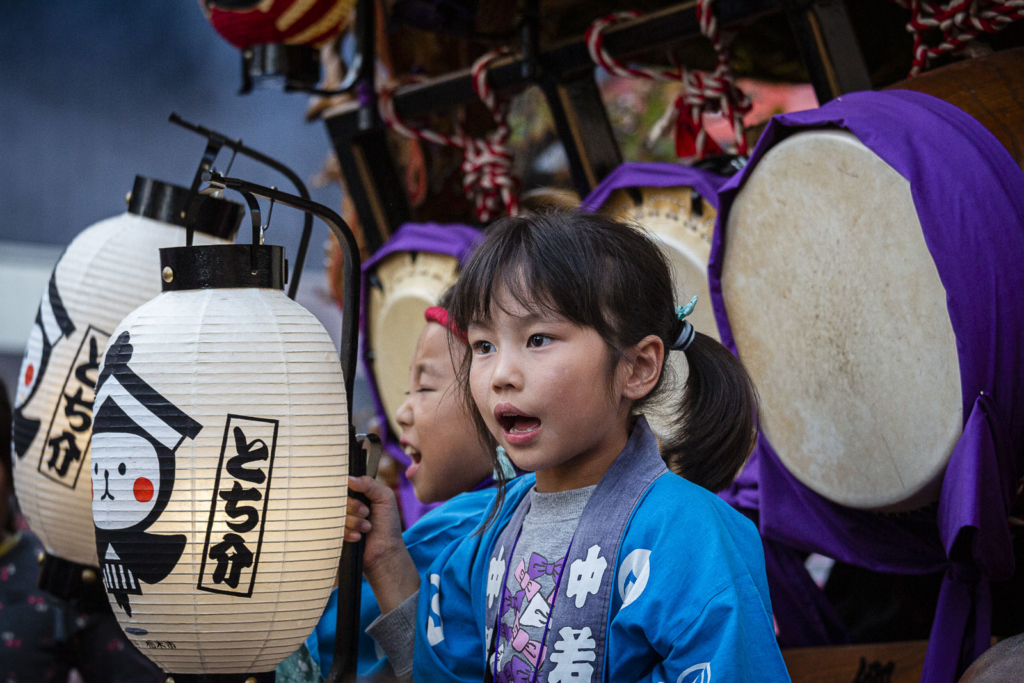
These challenges continue until night falls. Then, the floats’ paper lanterns lit up, and everyone takes the opportunity to renew their energies, eating and drinking on one of the many food stalls that are so typical of all japanese traditional festivals.
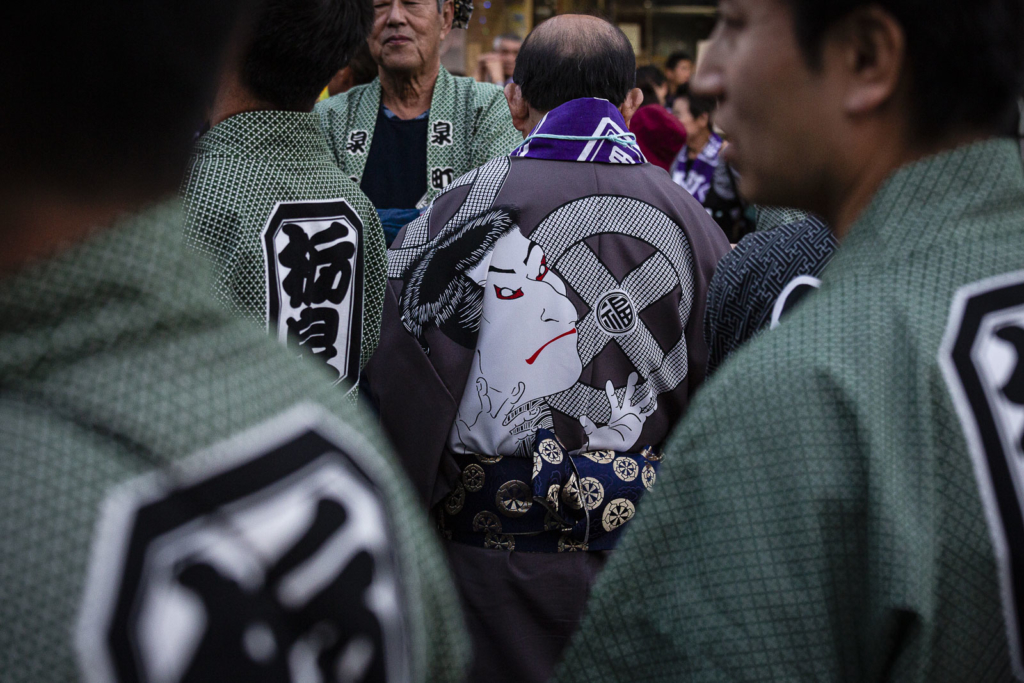
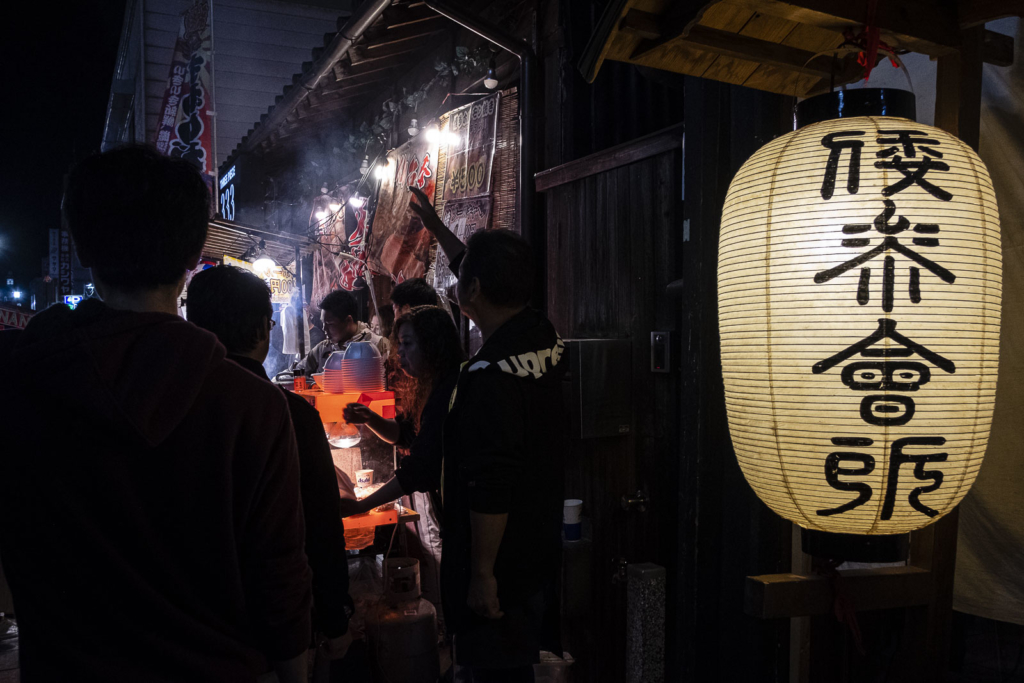
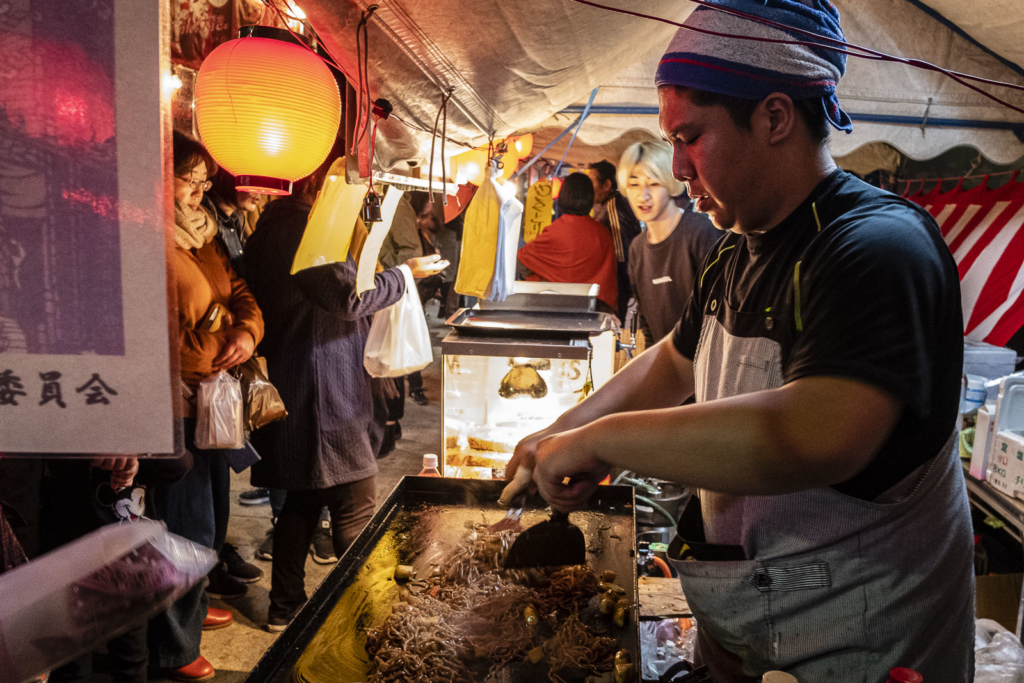
It’s a relaxed and happy atmosphere that surrounds this festival. Everyone is welcome, from the children who shout as loud as they can during the buttsuke challenges, to the elderly who sit and watch, and remember former editions of the festival, contemplating old photos proudly shown in store windows. One of the participants, surprised to see a western photographer take interest in the festival, offers me a kifuda, a traditional necklace with a sandalwood plaque just like the ones the dashi float pullers wear around their neck.
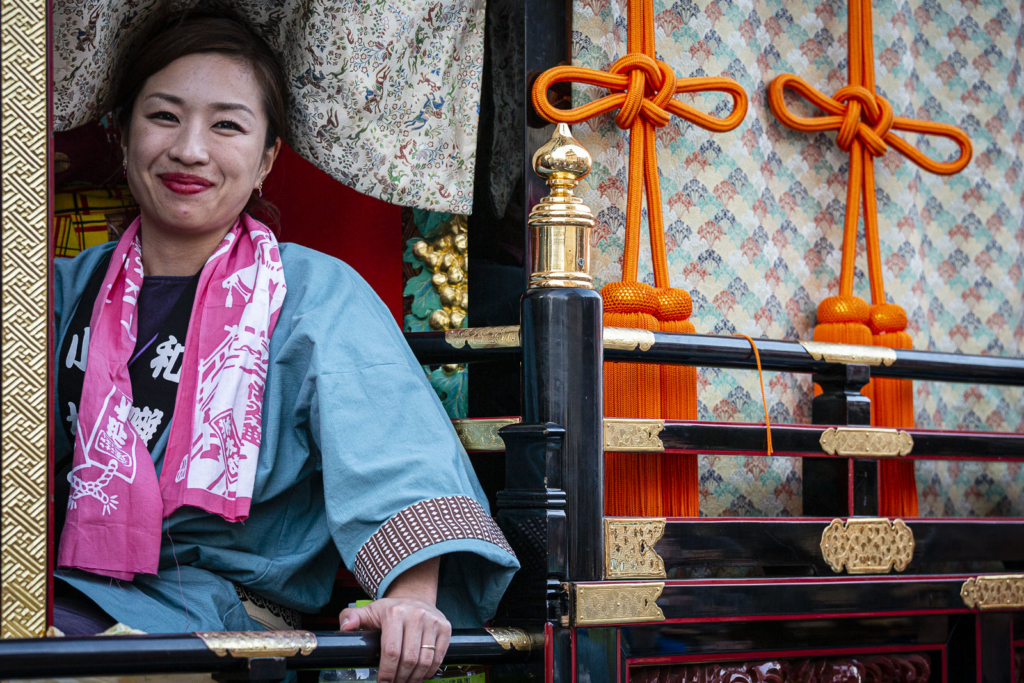
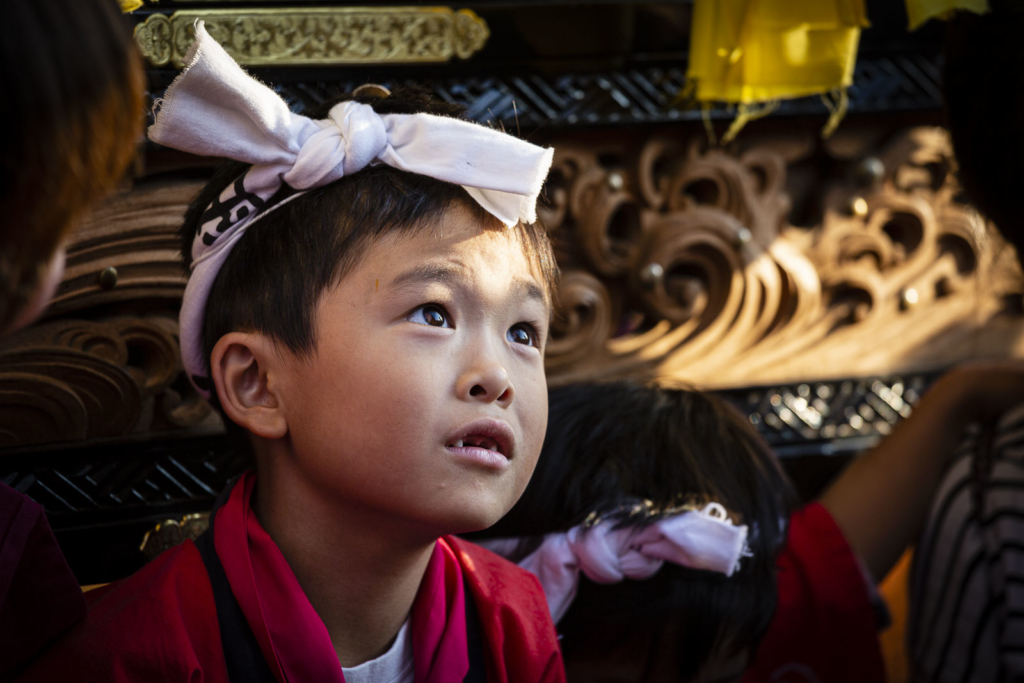
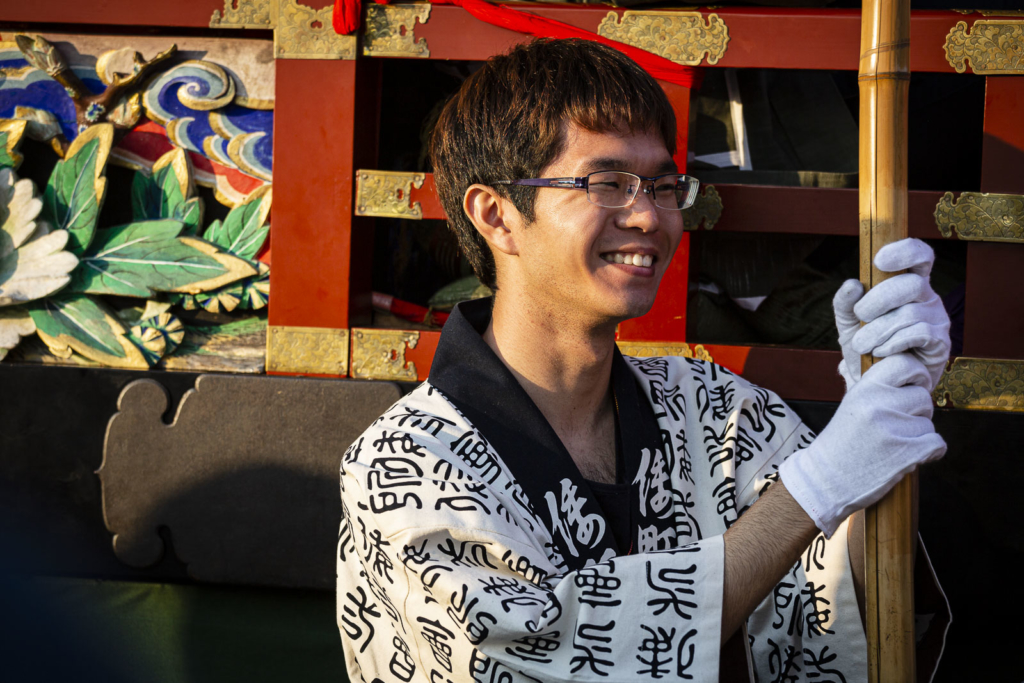
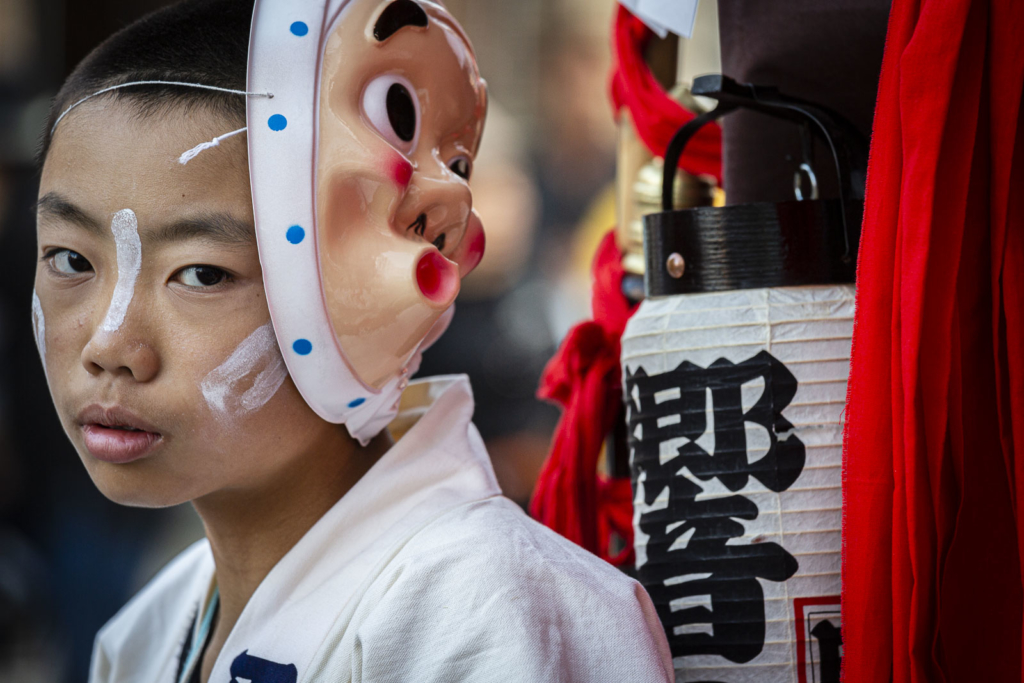
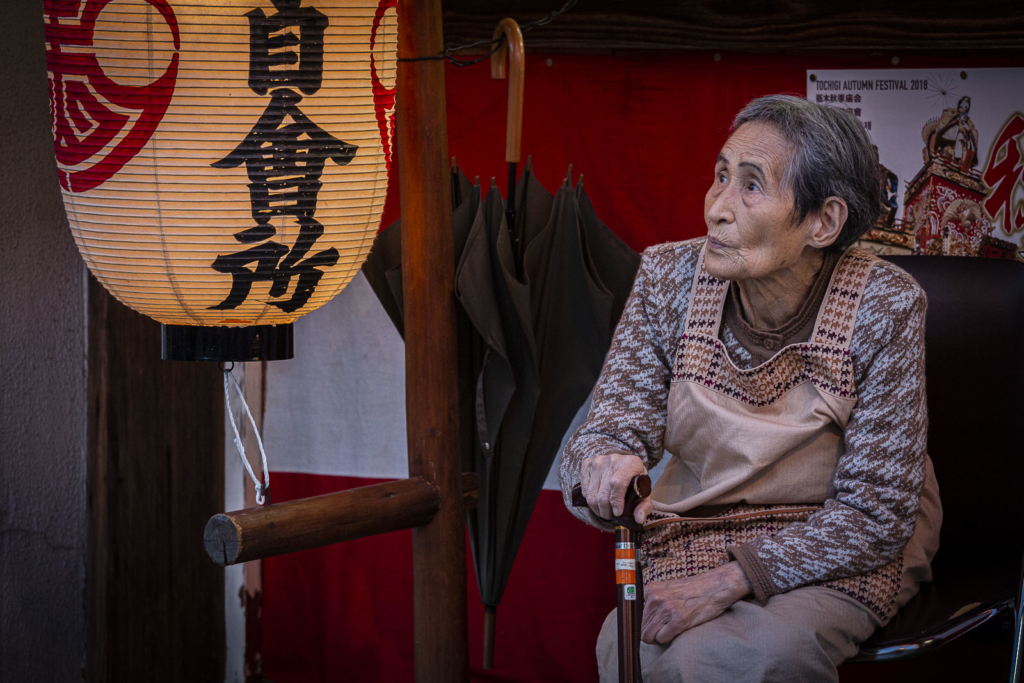
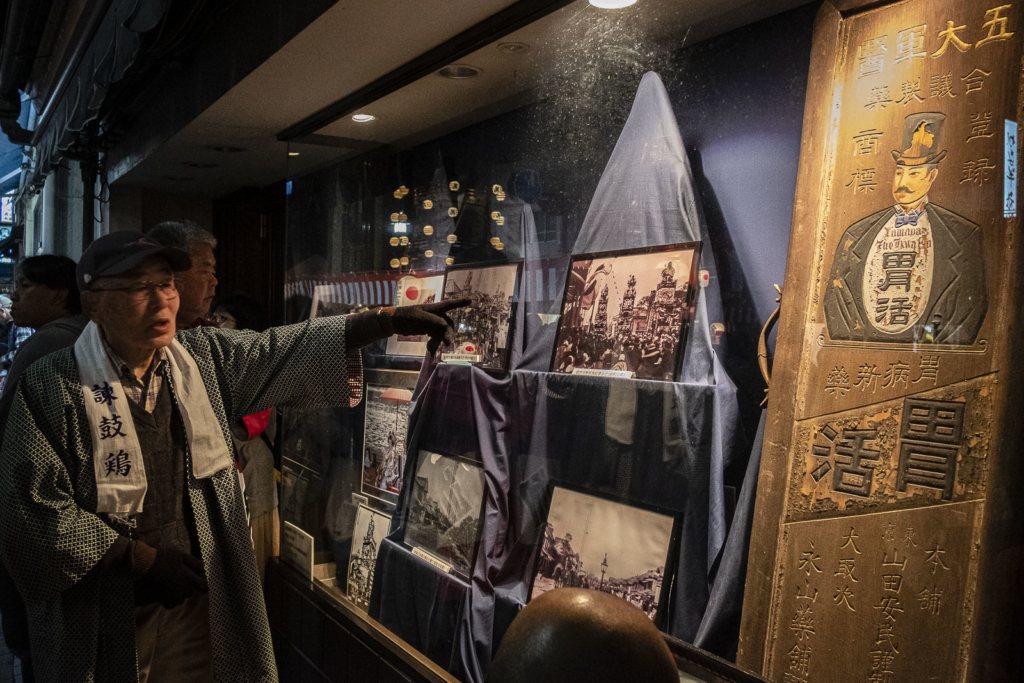
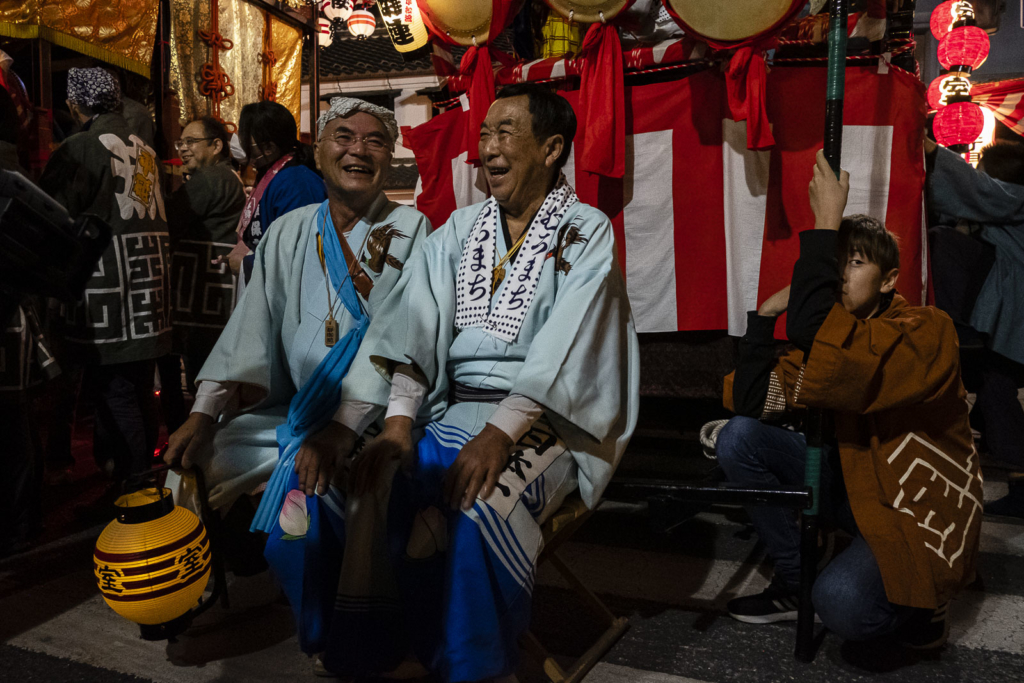
This was not my first experience in japanese traditional festivals, but it made me look at them in another way, and made me want to participate and photograph more of these events.

